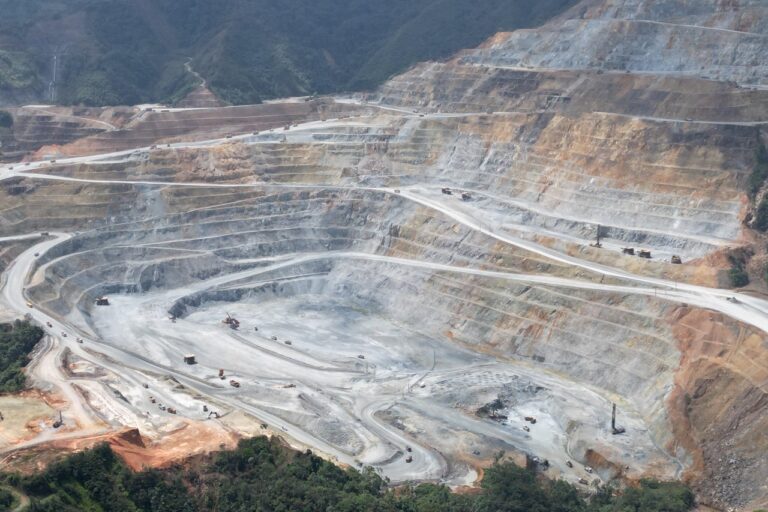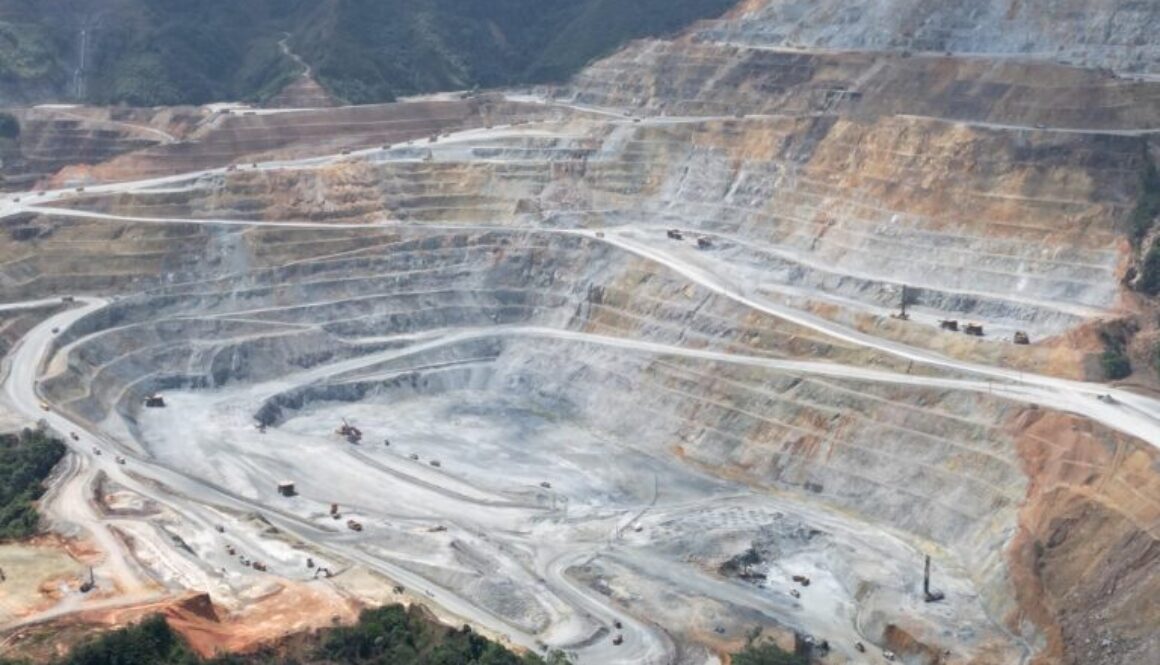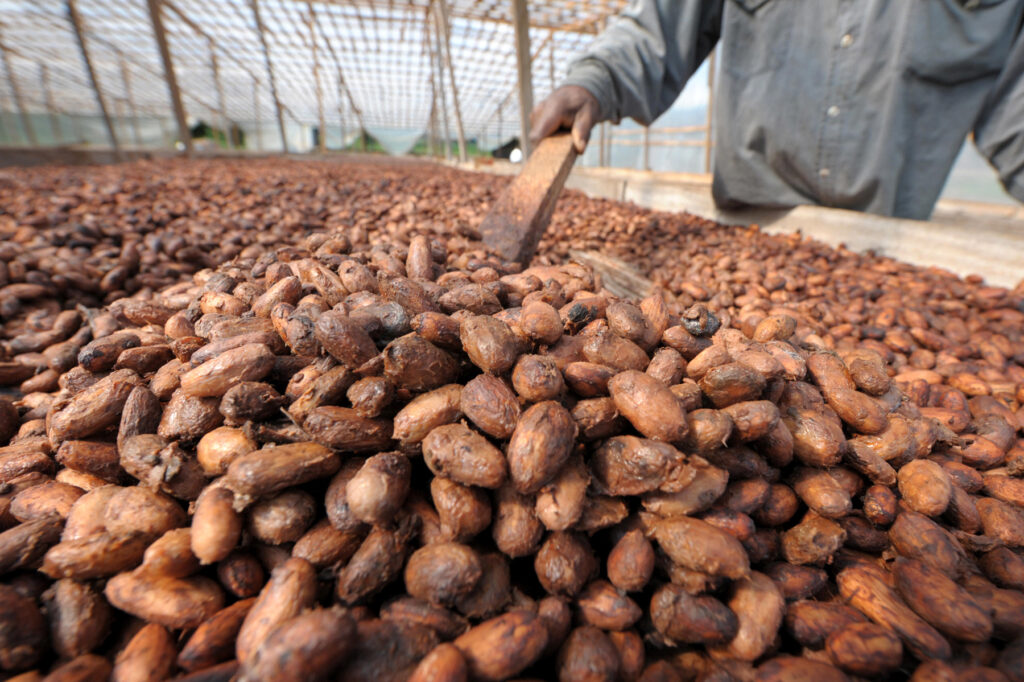Beyond Earth Day: Understanding Environmental Injustice & Its Impact
With Earth Day in the rearview mirror this month, it is important to look down the road in the direction of environmental justice. While the Earth Day commemoration aims to bring awareness to environmental change and encourages individuals to take part in positive action, the systemic practices of environmental injustice can often be overlooked. The disproportionate exposure of marginalized communities to environmental hazards and unequal distribution of environmental benefits can often affect underserved, minority, and indigenous populations.

Studies show that low-income neighborhoods and minority communities are more likely to be situated near toxic waste facilities and landfills, exposing residents to high levels of pollution and hazardous substances. For example, the Pata-Rat settlement on the outskirts of Cluj-Napoca, Romania, houses approximately 2,000 Roma, a nomadic (now sedentary) group who settled in Europe originating from northern India, Armenia, and Turkey. The Roma are living in housing situated around a huge, open-air dump with extreme levels of air, water, and soil pollution.
Similarly, research indicates that people of color across the United States experience increased exposure to harmful air pollutants like PM2.5, which are tiny particles that contain inorganic ions, metallic compounds, elemental carbon, and compounds from the earth’s crust. This is often due to the proximity of pollution sources in or near neighborhoods. Take, for instance, Jaysa Hunter-Mellers who was hospitalized at 6 years old for a severe asthma attack due to exposure to fumes from a power plant in Bridgeport, CT. Many of her classmates also had difficulty breathing due to the chemical emitted from the power plant. In many developing countries, marginalized and low-income populations lack access to clean water and inadequate sanitation, leading to public health issues such as cholera, dysentery, and various parasites.

The Mirador open-pit mine in southern Ecuador pollutes nearby rivers with toxic metals, which heavily affects the Shuar indigenous people who have inhabited the area for centuries. A study found that 62.6% of Shuar people had intestinal parasites in their stool samples, and 98.1% had been exposed to hepatitis A. While contributing the least to environmental injustice, these groups bear a greater share of its negative consequences.

The causes and factors contributing to disproportionate environmental risk may be rooted in systemic corruption, power imbalances, and prejudice. Longstanding discrimination concentrates minority communities into high pollutant and environmental hazard areas. The lack of economic influence limits these communities from advocating for policies and protections that hold polluters accountable. In particular, the Niger Delta southern region of Nigeria faces severe environmental injustice due to oil spills and gas flaring by multinational oil companies. The United Nations determined that in some areas of Ogoniland, soil pollution extended to depths of 16 feet and contaminated groundwater was saturated with benzene— a chemical that causes dizziness and headaches when inhaled. The presence of benzene was recorded at up to 900 times above regulatory standards. Despite a court ruling in November 2023 by the United Kingdom’s High Court against Shell, a British-Dutch oil company, gas flaring still persists in many oil-producing communities within Nigeria.
Returning to the anecdote of Jaysa’s Hunter-Mellers from Bridgeport, CT, after her hospitalization, Jaysa and her mother joined the Healthy Connecticut Alliance (HCA) with which they fought and testified for the closing of the power plant that had made the 6 year-old and her classmates sick. By the time Jaysa was 11, the power plant had been permanently shuttered due to her activism [Olivia: insert video of Jaysa story]. Many people do not have Jaysa’s ambition to catalyze dramatic change. Their health concerns may result in significant economic consequences and apply great strain to healthcare resources. The high cost of medical treatment, along with devaluation of assets contributes to the perpetuation of cyclical poverty and environmental degradation.
However, the discussion regarding climate injustice is led by a diverse array of groups and individuals. Local and community-based organizations have emerged to advocate for those who are disproportionately impacted by environmental harms. The NAACP has pushed for policies addressing the outsized burden on communities, with demands for clean water, reduced emissions, and community pollution monitoring (i.e environmental neighborhood watch). For example, Ruth Santiago, a community attorney from Puerto Rico, serves on a council to directly influence policy making; climate activist Vanessa Nakate fights for accessible water in her hometown of Kampala, Uganda. These change-makers are fighting on the frontlines to combat the distorted impact of climate change on marginalized communities.

In April, we celebrate Earth Day, which is intended to serve as a reminder of the urgent need to protect our planet, its climate and global societal resources. The environmental movement has long advocated for policies promoting sustainability, conservation, and the three “R’s” (“Recycling, Reducing, and Reusing”). By acknowledging the historical intersection of environmental risks, corruption, and discrimination, we can strengthen our diverse communities, cultivate our planet’s resources, and magnify our chance for a healthier future.
Here is a list of legal environmental firms to learn more about how to support these movements across the U.S:
New England/Northeast– Conservation Law Foundation
California/West- Skoll Foundation
Illinois/Midwest- Delta Institute
Texas/Southwest- Greater Houston Community Foundation
Florida/Southeast-Indian River Land Trust
Read the published post at History At Play







